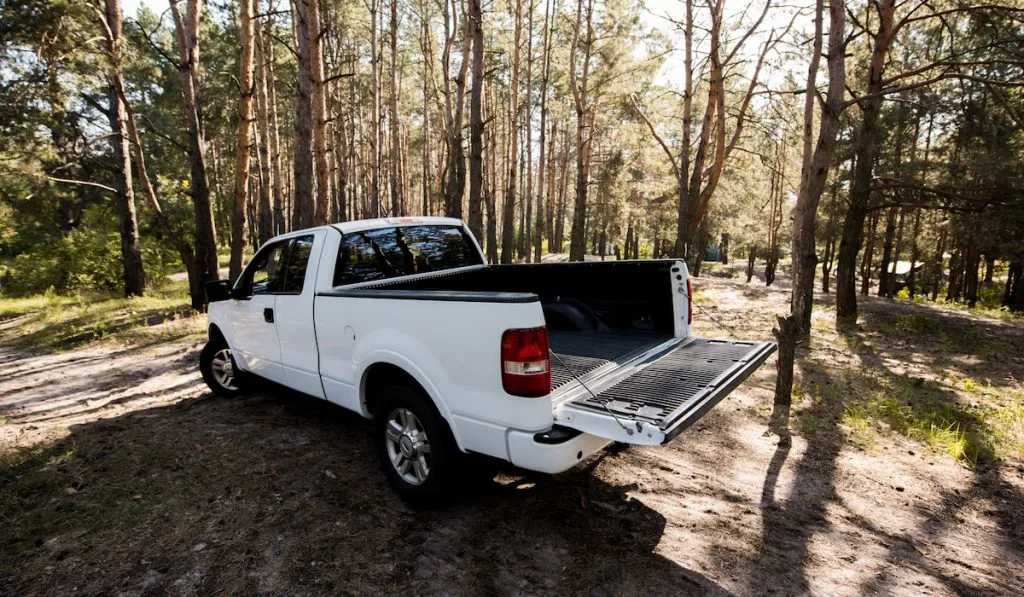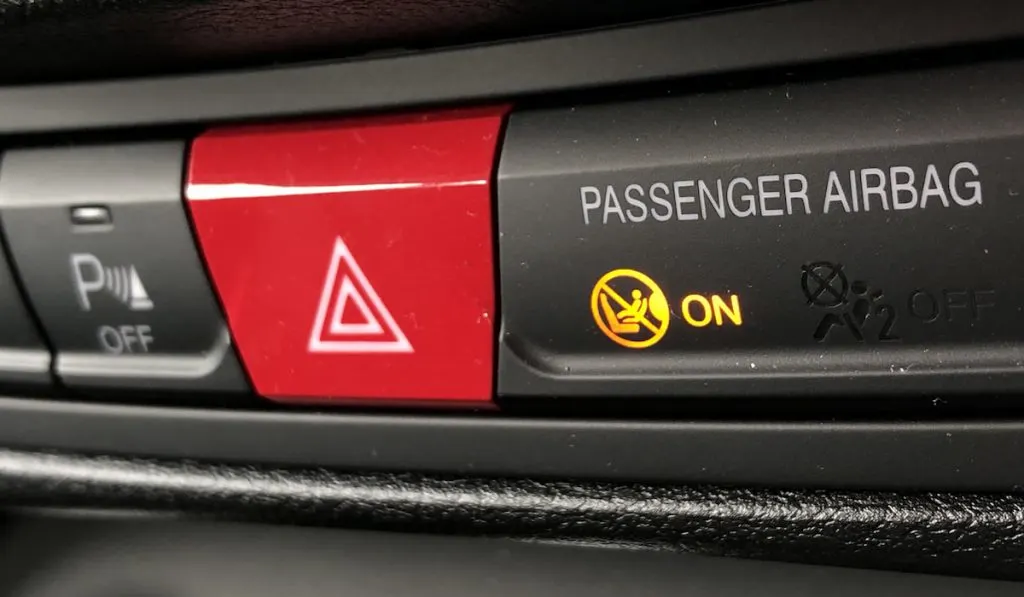Trucks these days are way bigger than they used to be – the facts show it. But have you ever wondered why this is so? Well, if you have, we have some answers.
Why do trucks keep getting bigger?
Trucks keep getting bigger for various reasons. These include consumer demand, manufacturing costs, regulations, and even comfort. Beyond these four reasons, the progressive increase in the size of trucks means more space for truck owners.
According to the Oak Ridge National Laboratory, the average weight of pickup trucks saw a 32% increase between 1990 and 2018.
Over that period, the progressive increase in truck size has gone beyond being just a design decision. Below, we answer the question, “Why do trucks keep getting bigger?” citing causes and facts.

The Causes and Facts
1. Increased Consumer Demand for Large Trucks
Truck users seem to love large trucks, and unsurprisingly, they demand larger trucks. Manufacturers understand this and try to keep up by making larger trucks.
According to a Ford spokesperson, customers desire a more purposeful look. It appears the company deems bigger trucks as a way to meet that desire.
A GM spokesperson relayed that truck buyers wanted more cargo space, higher towing capacity, and more clearance for off-roading. Hence, the bigger trucks.
By making larger trucks, manufacturers aim to satisfy the desires of their customers. And they do so even if they have to make the vehicles larger and more expensive.
But then, while some truck makers generally worry less about costs while making trucks bigger, companies like Ford are looking to make production cheaper. This way, the trucks can come in at lower prices even if they get bigger.
According to an interview on InsideHook, around 2005, many truck models transitioned from regular cab to crew cab as they got bigger. This transition spurred heightened demand for such trucks, as people got these crew cabs for family use. The increased space and legroom in these crew cabs means they can contain more people than regular cabs, hence, the demand for family use.
The heightened demand started with makes like the Ford F-150 and the Toyota Tacoma. But it didn’t take long to spread across the industry. Since then, the design of trucks has been evolving around crew cabs.
2. Safety Regulations
From sensors to airbags and the like, safety regulations require various equipment in vehicles. Manufacturers, in turn, have to place each feature somewhere in the truck. To do this, they need larger body panels. So, sometimes, they have to make their trucks larger.

3. Bigger Engines May Be More Reliable
Some manufacturers produce larger-sized trucks to accommodate larger engines. Now, you might be wondering why they opt for bigger engines. Well, larger engines are generally more reliable than smaller ones.
Larger engines operate at lower rotations per minute (RPM). On the other hand, smaller engines must go through more combustion cycles to get the power they want because they have smaller displacements. So, they have higher RPMs than larger engines.
Since larger engines have lower RPMs than smaller engines, they suffer less stress.
Since larger engines experience less stress than smaller ones, the wear on their components is lower. So, they stay in top condition longer.
Apart from having a lower rate of stress and wear, manufacturers build larger engines with sturdier components.
Since larger engines come in large trucks, there is enough space to accommodate larger, sturdier parts. So, the manufacturers can build the engine with minimal wear concerns.
Contrarily, since smaller engines will come in small-sized vehicles, they cannot be too heavy. So, their build is typically lightweight and not as wear-resistant as larger engines.
The point is, larger engines experience less wear than smaller engines. So, they last longer and are more reliable. Manufacturers try to take advantage of this reliability. So, they make their trucks bigger to accommodate larger engines.
Besides reliability, companies like Ford and GM said trucks need bigger grills to sustain engine cooling while towing trailers. So, trucks may also be getting bigger to improve their functionality.
4. More Comfort
Undoubtedly, the extra space in bigger trucks allows for extra legroom and more storage space. All of these contribute to comfort. But the comfort we refer to here comes from the truck’s torque.
Generally, bigger trucks with larger engines have higher torques, making the driving experience pleasant.
The higher the torque of a vehicle, the more responsive the engine is to the gas pedal. This means it is easier to overtake on the highway since there is more traction and a high degree of certainty that the engine will hit the necessary speed rapidly. Think of it this way: all you have to do to overtake is step on the accelerator – you do not need to change gears.
Besides making overtaking easier, higher torque also means propulsion is more efficient, and driving is more comfortable overall.
5. More Space

This reason is pretty obvious; manufacturers make their trucks bigger to create more space.
Why do they create more space in their trucks? Well, their customers enjoy more space in their vehicles.
According to a report by USA Today, around 35% of people who buy large trucks fall within age 35 to 44. The report suggests that many SUV users have children. It also implies that having extra space in their trucks became necessary as the families of truck users grew.
Besides growth in family size, some kids are pretty tall. It is not uncommon to come across boys that are 6-feet-tall or more.
One thing tall people need in any vehicle is legroom. So, in some cases, SUV buyers have to opt for larger trucks to accommodate the taller members of the family.
Some SUV buyers travel across the country with their families in their SUVs. While traveling, they pack heavy, so of course, they need as much space as they can get in their truck.
The point is, SUV buyers keep having reasons to demand extra space. The manufacturers, in turn, keep trying to satisfy this demand.
6. Fuel Regulations
Fuel economy targets for vehicles depended on tread width and wheelbase during the Obama era. By multiplying tread width and wheelbase, you get a value that determines your fuel-economy target on a given table. The bigger a vehicle was, the higher the said value, and the higher the value, the lower your fuel-economy target.
The goal of the fuel-economy regulation was to improve mileage efficiency. But it also triggered an increase in truck size since bigger vehicles (extended wheelbase and tread width) came with slightly smaller fuel-economy targets.
Ordinarily, bigger trucks would be heavier, and their fuel consumption may be higher. However, they would take in more passengers. So, in the end, it wouldn’t be so hard to hit the fuel economy target.

Are Larger Trucks Safer?
Quite a number of people consider larger trucks to be safer. However, this assertion is not very accurate. The results from various studies show no substantial difference in safety between smaller and larger vehicles that are well-constructed.
But then, due to their size, larger vehicles can come with various features that make driving safer. Some of these features make it possible to see driving blind spots. Then some others make it easier for other drivers to avoid your vehicle.
The said features do not necessarily make the trucks safer. However, they can improve driver safety for sure.
Final Take
In earlier times, trucks were primarily used for work, and their designs were in line with their use. But when consumers started demanding them as family vehicles, manufacturers had to keep up with a demand for more space.
Besides, as technologies for driving safety advances, manufacturers try to fit new features in their trucks. Sometimes, to do this, they need extra space.
Resources
- https://justdownsize.com/why-are-trucks-getting-so-big/
- https://amanandhisgear.com/reasons-why-pickup-trucks-keep-getting-bigger#0-1-consumer-demand-is-higher-for-large-trucks
- https://www.insidehook.com/article/vehicles/why-pickup-trucks-keep-getting-bigger
- https://www.quora.com/Are-small-displacement-engines-more-reliable-than-bigger-displacement-engines
- https://www.caranddriver.com/news/a15347872/horsepower-vs-torque-whats-the-difference
- https://www.bmw.com/en/performance/torque-in-cars-explained.html
- https://www.usatoday.com/story/money/cars/2017/12/27/families-demand-more-space-they-move-larger-suvs/983064001/
- https://jalopnik.com/pickup-trucks-keep-getting-bigger-more-dangerous-1847087816
